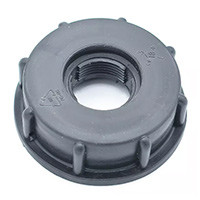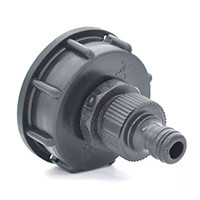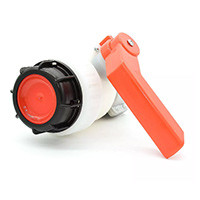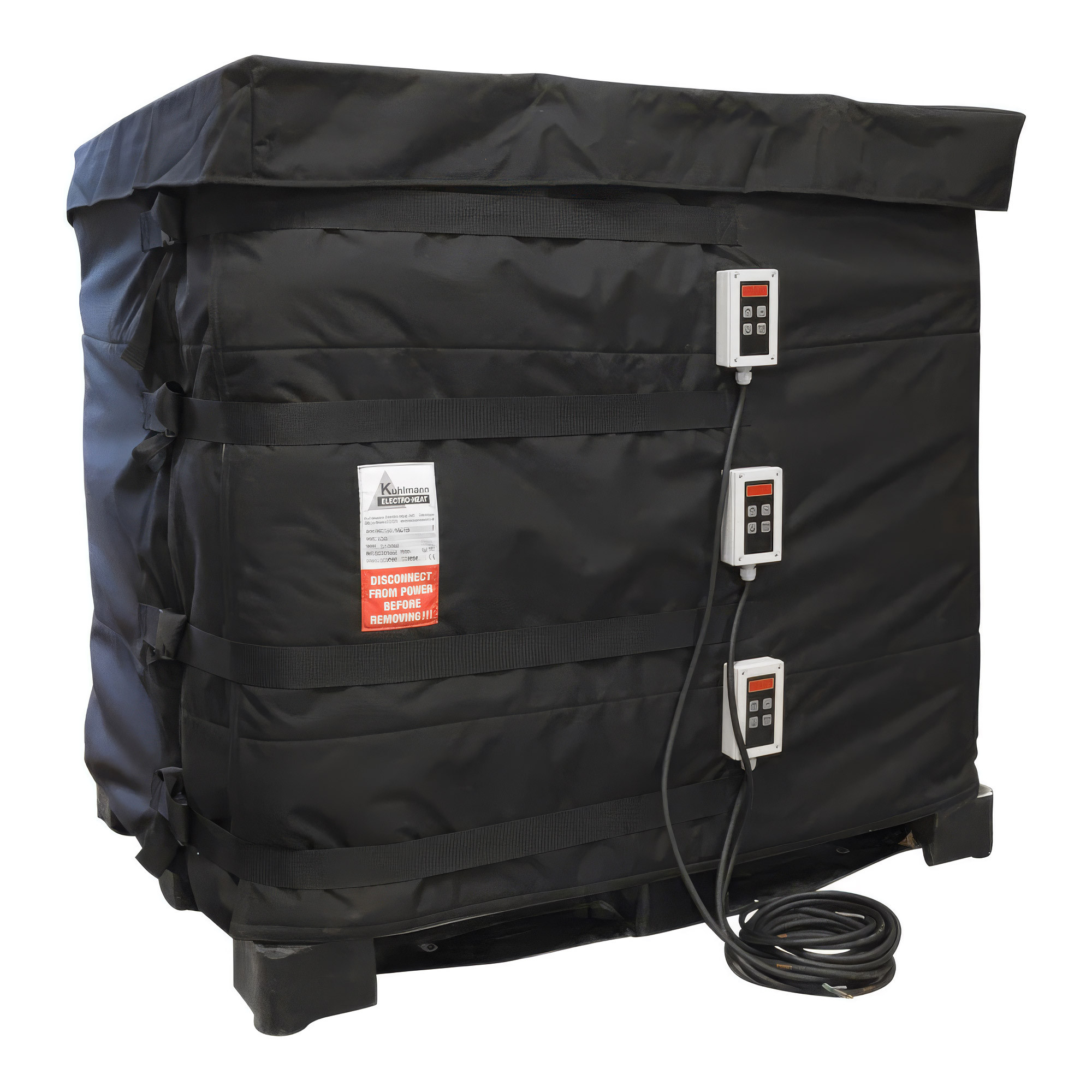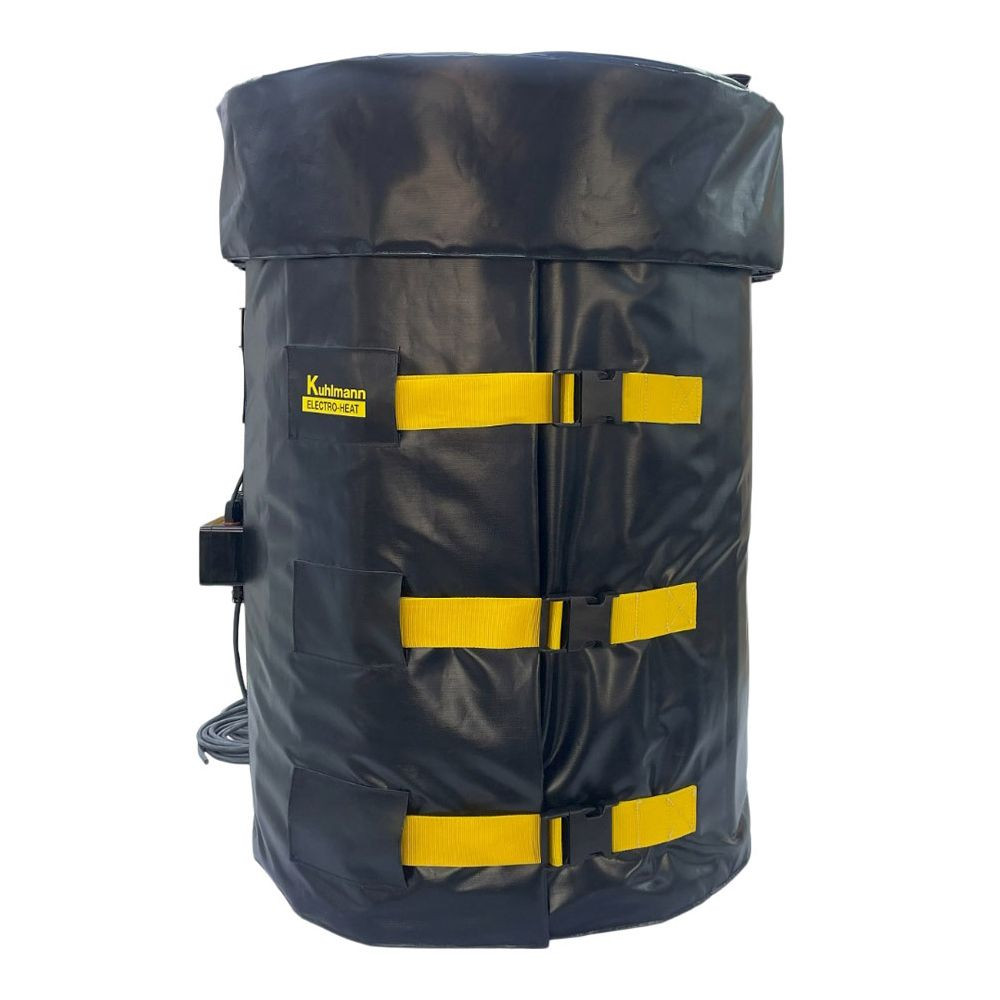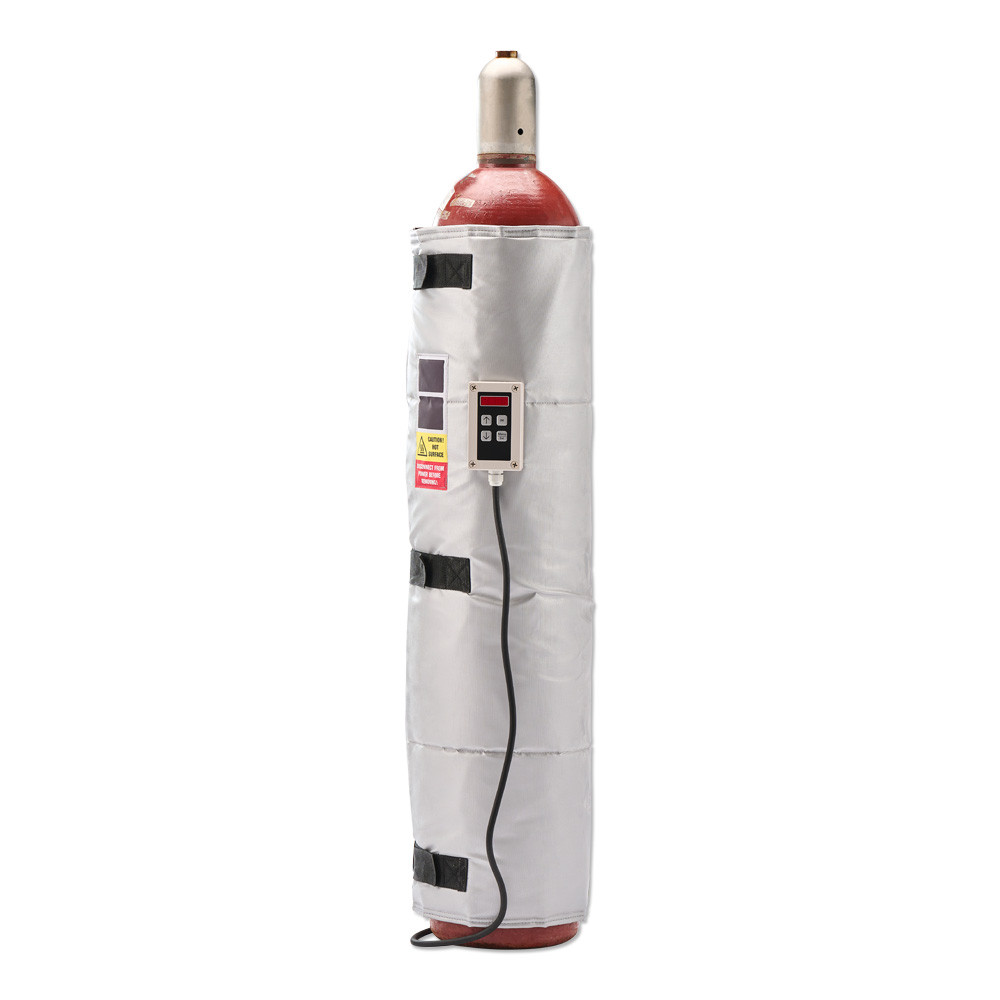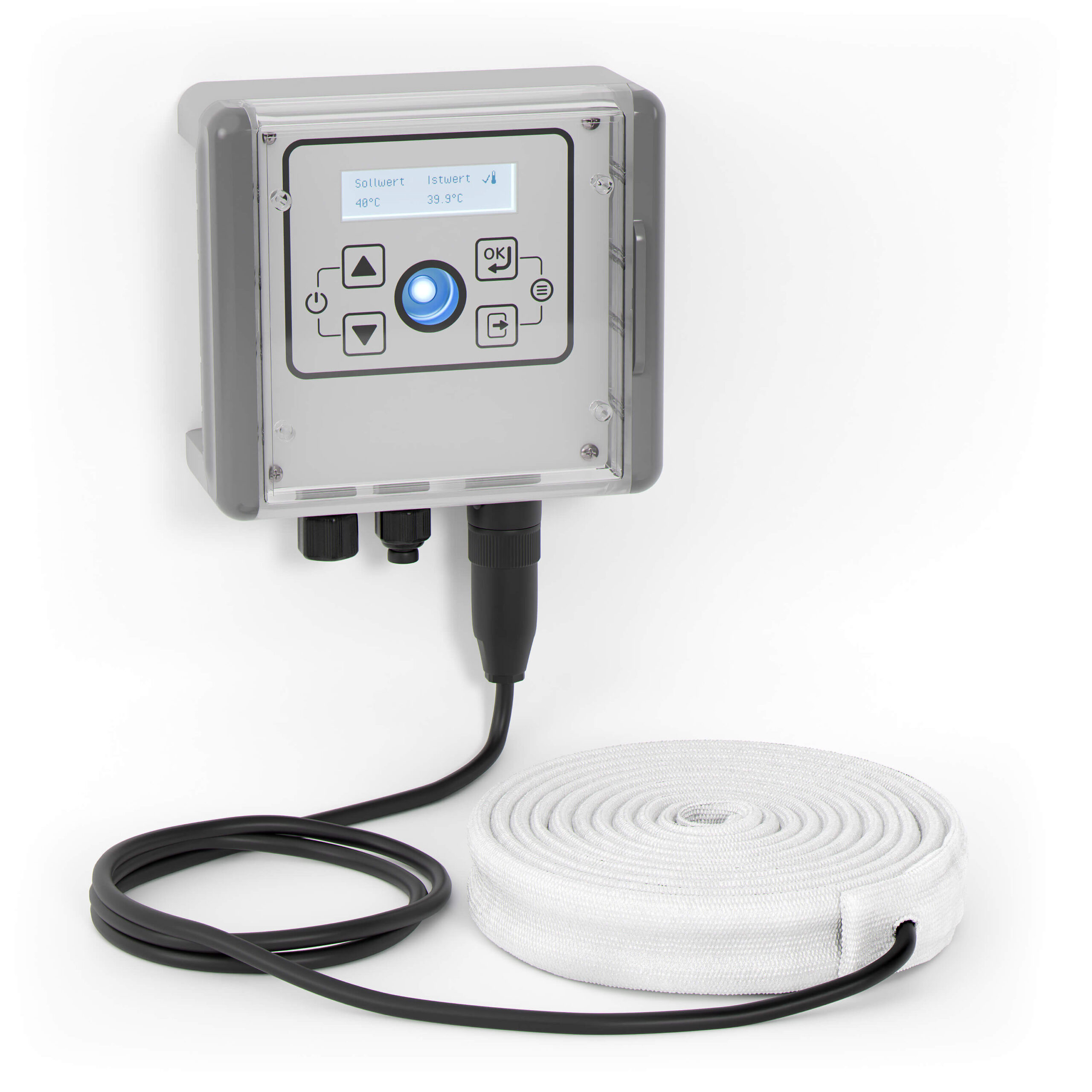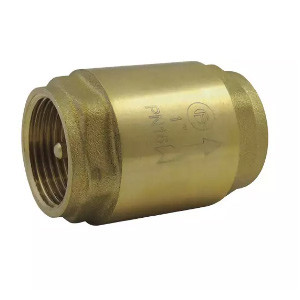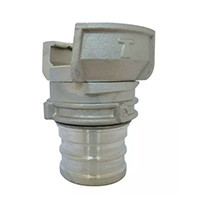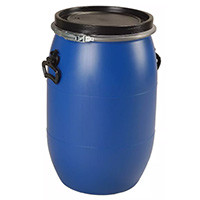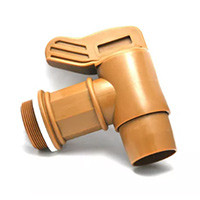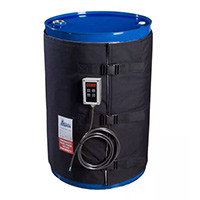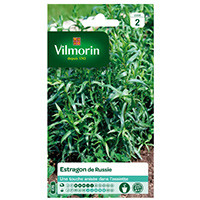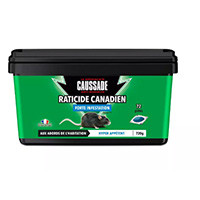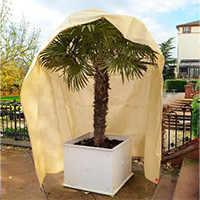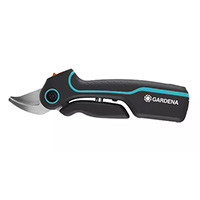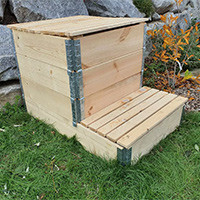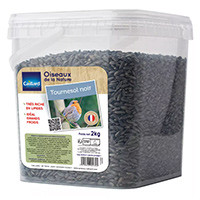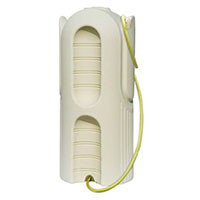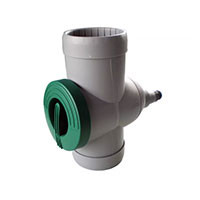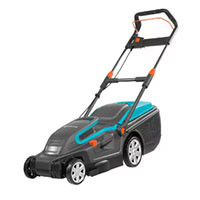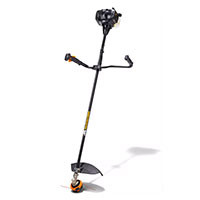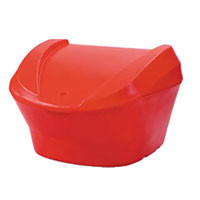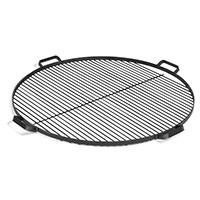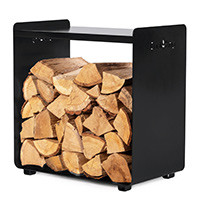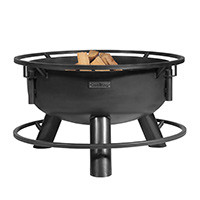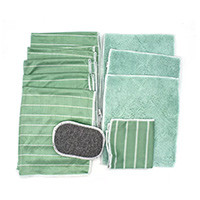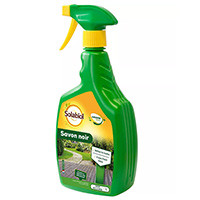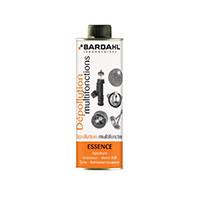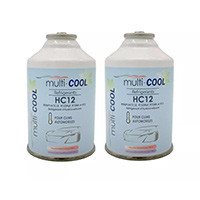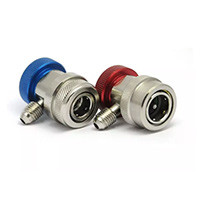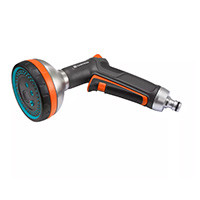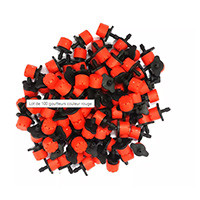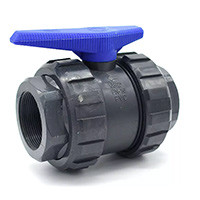
Rainwater recovery at home: what equipment does it take?
Rainwater recovery at home: what equipment does it take?
This is one of the eco-citizen actions par excellence: the installation of a rainwater recovery system at home, which allows both to preserve water resources and to achieve significant financial savings. Here is a list of the equipment you will need in case you decide to install one at home.
Why collect rainwater?
While the recovery of rainwater has many advantages, nombreux avantagesthe firstis the ecological nature of the approach. Asmore andmore departments are affected by drought every summer, as evidenced by the measures to restrict the use of water and irrigation to which they are subjected, it seems more urgent than ever to protect our water resources..
In addition to combating the depletion of resources, the recovery of rainwater also saves up to 200 euros per year, knowing that the budget of a family of 4 for water consumption amounts to on average at least 500 euros per year.
In addition to these two main advantages, we can also mention:
- Rainwater, when used for garden watering, is better for plants than drinking water because it does not contain chlorine, fluoride or pesticides;
- It also contains less limestone,which is interesting from the point of view of the maintenance of the sprinkler system, which is less likely to clog;
- By recovering it, we also participate in the fight against floods,the amount of water retained in the tank is not sent to sewers and rivers;
- Finally, the implementation of a rainwater recovery system is also subject to financial incentives, for example in the form of grants from local authorities..
In short, and if you still doubted it, getting rainwater is a good idea! Below is the material you will need to acquire in order to put it into practice.
The material to collect rainwater
The tank, which will be different depending on the use
The most important element in a rainwater recovery system after the sloping roof (inslate or tile, synthetic materials that can contaminate the water))is the container:it makes sense, but there can be no recovery without a tank!
To choose the tank you need, you must first determine for what purpose you want to recover rainwater: is it only toe water your garden, or for wider use?
For information and according to the public health code, rainwater can be used inside the home for the following uses only:
- The flush;
- Washing the floor;
- And the feeding of the washing machine,provided you have a treatment system efficient enough to rid the water of bacteria.
However, to use rainwater for these purposes, a surface tank is notenough. Itis usually necessary to install a buried concrete, steel or polyethylene tank with a suitable filtering system..
Note: the above-ground vats allow them to store rainwater in the summer in order to use it outdoors (forwashing the car or garden furniture, or for watering the garden).).
The filtration system, which is also different depending on the use
For use inside the home,the filtration system should include:
- A filter ofat least 20 microns if you want to use rainwater for flushing;
- An additional filter between 1 and 9 microns if you want to use it to wash the floor or power the washing machine.
In the case of the three uses mentioned above ((flushing, washing the ground, feeding themachine),the systemshould also have a pump, if possible submerged,and in a second network of pipes in order to differentiate rainwater from drinking water..
The piping, to connect the roof to the tank
In addition to the tank, you will also have to invest in a collector that connects the roof to the tank, regardless of the tank chosen. In the case of an above-ground tank,it can be a pipe with plastic fitting,or even a zinc descent,which can be mounted seamlessly.
The protective grid for surface tanks
It is also called toads: the protective grate, once installed, prevents an open-air tank placed outside from being contaminated with leaves, branches, and other residues that may fall from the roof.
Warning: if you opt for a surface tank of this type and you want to be able to fill a watering can thanks to the faucet placed at the bottom of the cistern, think about raise the latter... If you don't, you won't be able to fill a container to water the vegetable garden!
Share this content





